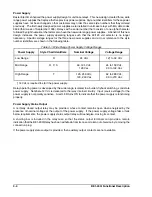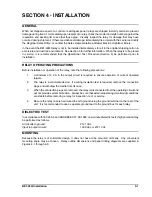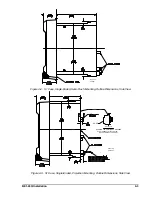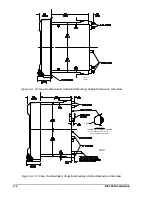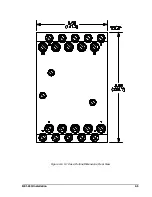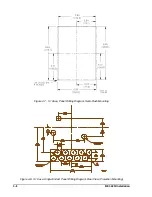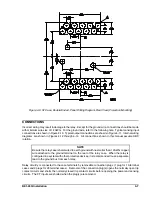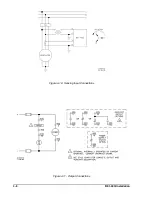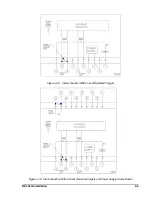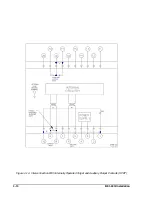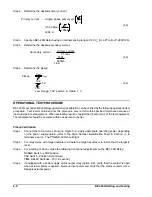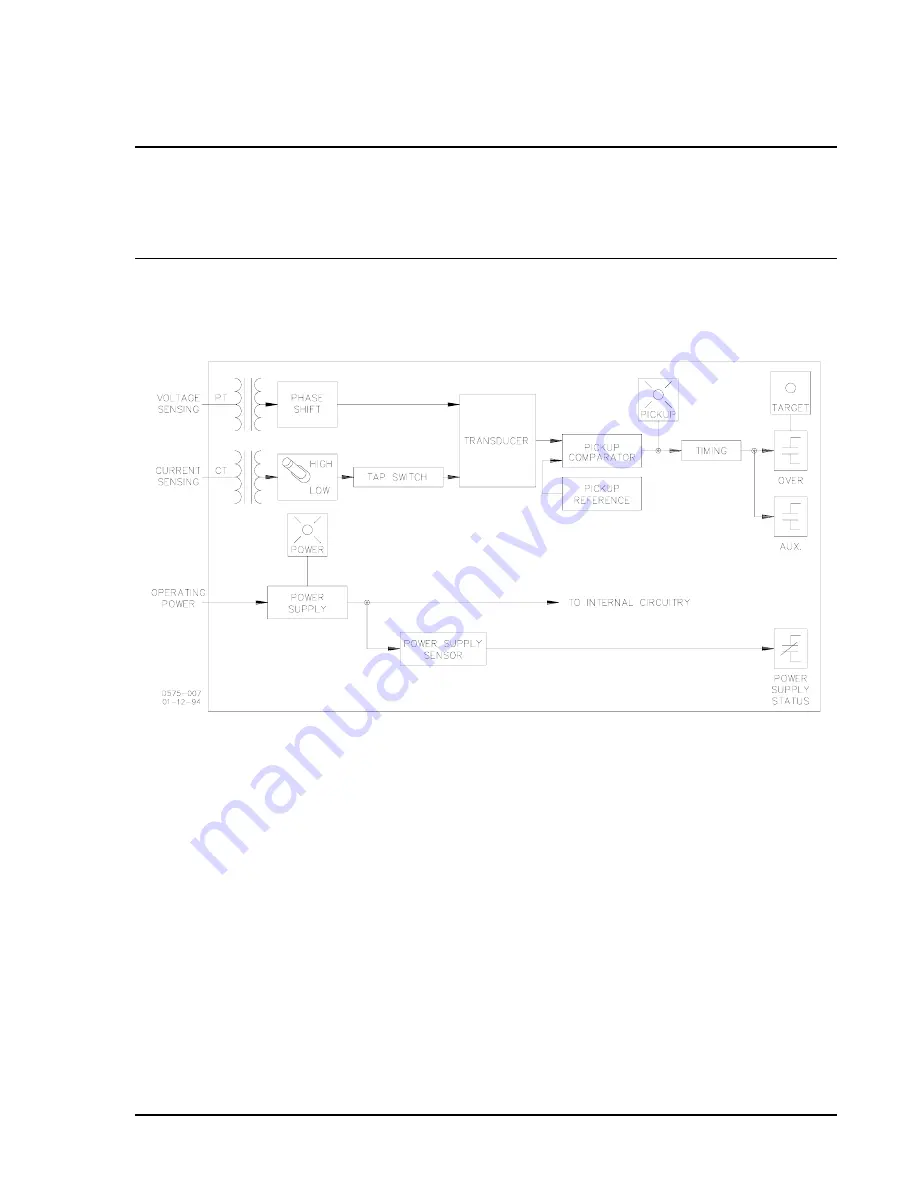
BE1-40Q Functional Description
3-1
SECTION 3 • FUNCTIONAL DESCRIPTION
GENERAL
BE1-40Q Loss of Excitation Relays are static devices that respond to the relation of voltage to current
magnitudes of the monitored circuit. As such they are sensitive to phase rotation. All connections shown
in this manual assume ABC rotation.
FUNCTIONAL DESCRIPTION
Refer to Figure 3-1 to follow the functional description of the BE1-40Q Loss of Excitation Relay.
Figure 3-1. Functional Block Diagram
Voltage Sensing
The monitored voltage input is derived from a system voltage transformer connected phase-to-phase. An
internal voltage transformer (PT) provides isolation and reduces the nominal value of the voltage sensing
input (i.e., 120, 208, or 240 Vac) to internal circuitry requirements.
Phase Shift
Since the voltage input, V
AB
, leads the sensed input current, I
B
, by an angle of 150
!
for a unity power factor
condition, the voltage phasor is internally shifted 68
!
in a lagging direction (delayed) to achieve the relay
response characteristics. The resultant I
TRIP
leads the polarizing voltage V
POL
by 8
!
(when the system power
factor angle (
!
) is equal to —90
!
), as shown in Figure 3-2.
Summary of Contents for BE1-40Q
Page 13: ...2 2 BE1 40Q Human Machine Interface Figure 2 1 Location of Controls and Indicators ...
Page 19: ...4 2 BE1 40Q Installation 2 02 01 D1427 01 Figure 4 1 S1 Case Outline Dimensions Front View ...
Page 22: ...BE1 40Q Installation 4 5 Figure 4 6 S1 Case Outline Dimensions Rear View ...
Page 25: ...4 8 BE1 40Q Installation Figure 4 10 Sensing Input Connections Figure 4 11 Output Connections ...
Page 35: ...5 8 BE1 40Q Setting and Testing Figure 5 4 Blank Graph ...

















